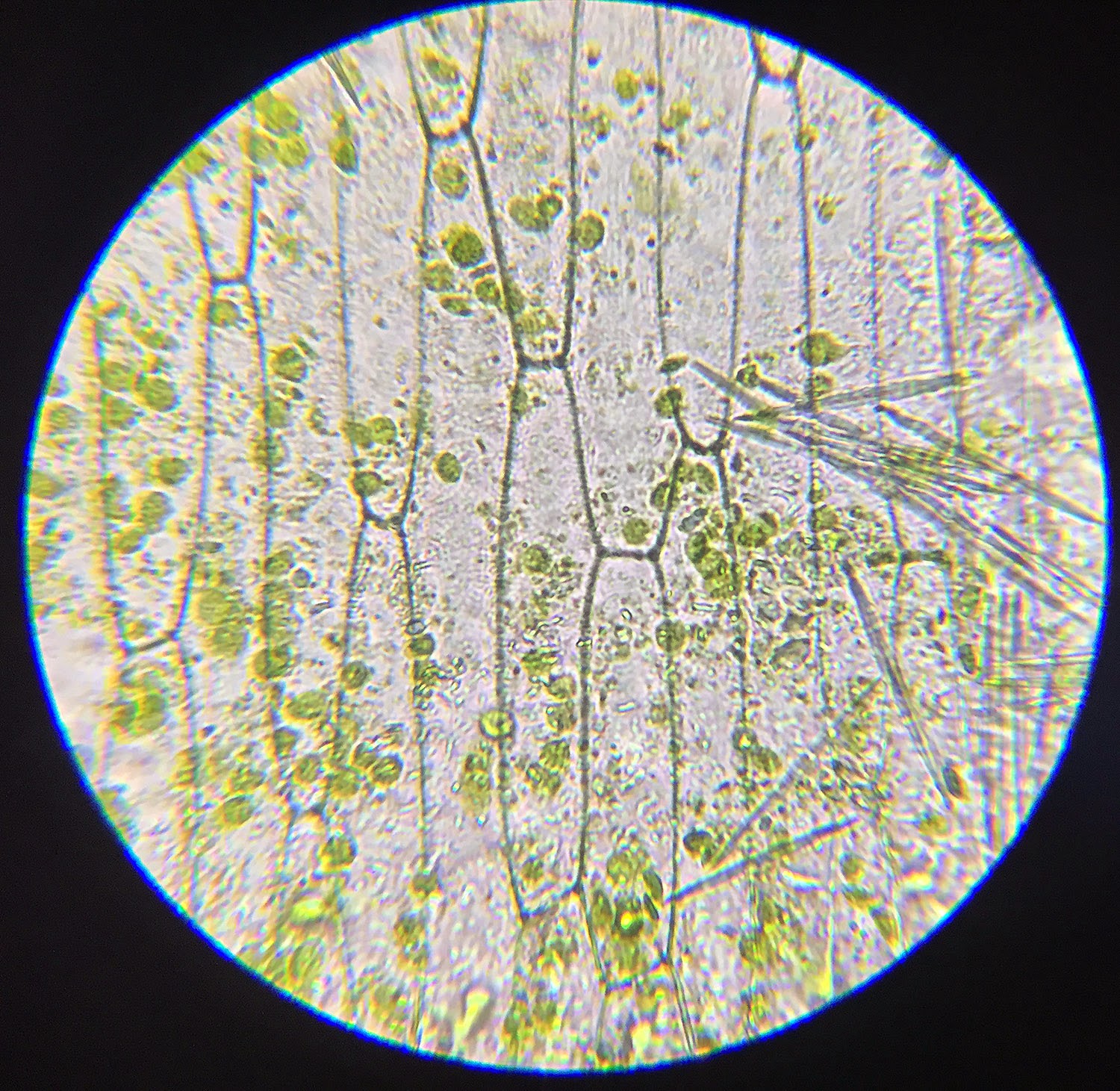I got interested in learning more about my Danish great-grandfather, Waldemar Theodore Nelson, when I learned that his birthday was on our soon-to-be baby's due date. My dad had donated a big box of Waldemar Theodore's stuff to the special collections at the BYU library, so I went there to look through it and see what I could learn. He had such an interesting life! His first wife Caroline died a few weeks after giving birth to their second baby, but before she died, she asked her young, unmarried best friend Karen Marie (who was only 18; I don't think Caroline was much older) to take care of the baby for her. Karen took the baby to her own home and her mother helped her care for him. And a year later or so, Waldemar married Karen! I'm so curious about how that all happened; if they fell in love or if it started out as just a convenient arrangement, since she was already acting as his son's mother? They had 13 children together (one of whom was Andrew Nelson, my dad's dad) plus Caroline's two children that Karen raised, and I'm sure they grew to love each other eventually. But I would be so interested to know more! Unfortunately none of the journals covered that time period (and I doubt my great-grandpa would have written about his deep feelings even if they did! haha).
It was really interesting to read through some of his day-books and other records. He often wrote his "journal entries" (a few very short lines each day, just as my Dad always did for his journal) in between printed lines in old almanacs or on the flyleaves of old account books, I suppose because paper was scarce and he was being thrifty with what he had. Most days were quick descriptions of an unrelenting farm life, full of hard labor: "rained hard," or "got the wheat in"—but I liked this glimpse of a rare day of rest on December 27, 1910: "Wobling around not doing much of anything." Ha! Or this terse (but heartbreaking) summary on New Year's Eve of 1891: "1891 have been a hard old year Money have been very scarce." And another New Year's Eve entry, for 1890: "the year just pased have been a very eventfull one for Utah Much have been said about the President Manifesto in rezort to poligamy, real estate have taken a rise." I'm fascinated by how stoic and matter-of-fact it all is. Nothing about what he thought about polygamy or the change in policy! No unnecessary emotion! And yet of course, he felt emotions! I would like to know more about what he was thinking, but these small, laconic journal entries are intriguing in and of themselves. I looked at the entries for Christmas and birthdays, and they were mostly working days like any others, with maybe a nice meal or a church dance in the evening. That was interesting to think about. On his birthday, 15 February 1884, he wrote: "Had two games of pool with Tom Poulson, he won one game and I won one, that was all the birth day I had this time." That made me laugh! :)
I loved seeing the lines and lines of penmanship practice—rows of N's and L's and copywork of little moral sayings like "Good manners is the art of making those people easy with whom we converse. Whoever makes the fewest persons uneasy is the best bred in the company." I'm not sure how old he was when he did that, but he didn't move to the U.S. until he was about seven years old, so it may have been when he was learning English as an older child. It was so cute! I also found some recipes jotted down in his notebooks, which I copied down in my notes. One was for "Rolls" and was written as follows: "4 eggs 1 cup sug 1 cup flour 1 teaspoonful yeast powder. Spread with jelly and roll while hot." So interesting! It sounds like a kind of sweet roll but I can't quite imagine how it would work. You cook it in a flat pan like cake, maybe, before rolling it? And there was also this useful tidbit: "For sweaty feet apply boric acid two or three times a week."
When I told the children about Grandpa's recipes, they got really excited about the idea of trying out one of them ourselves. One recipe was just called "Cookies" and it looked really simple, so I said we could try it—but I warned the children that historical recipes often leave things out or assume things we don't know, so it might not work! Here was the recipe just as he wrote it:
"Cookies
1 1/2 cups sugar, 1 cup butter, 2 eggs, 3 tablespoons of cold water."
Hmm. No flour? Very odd. But we decided to try it anyway.
We wanted to make the recipe just as Grandpa would have, so of course we used a bowl and spoon instead of a mixer.

















































